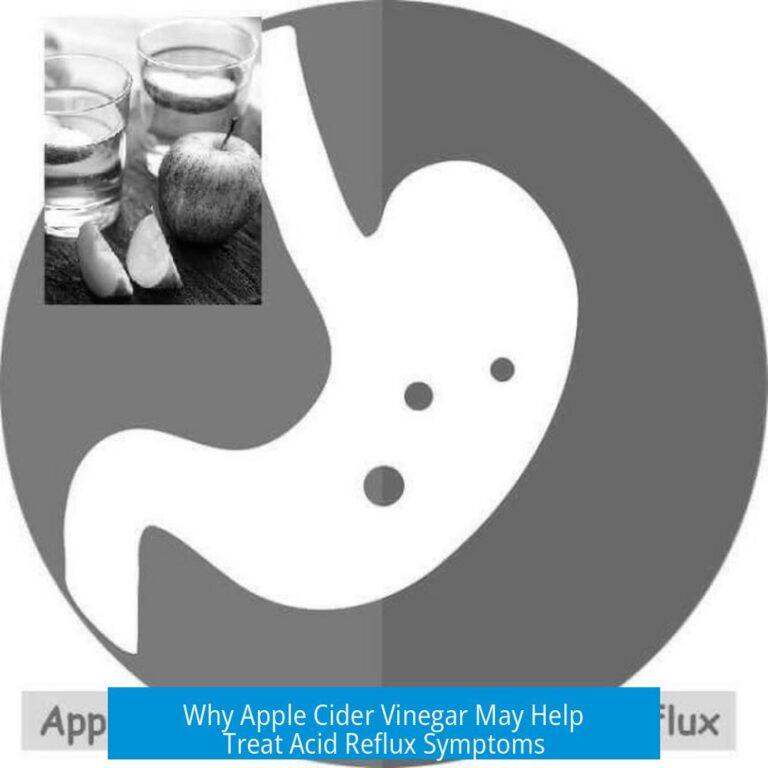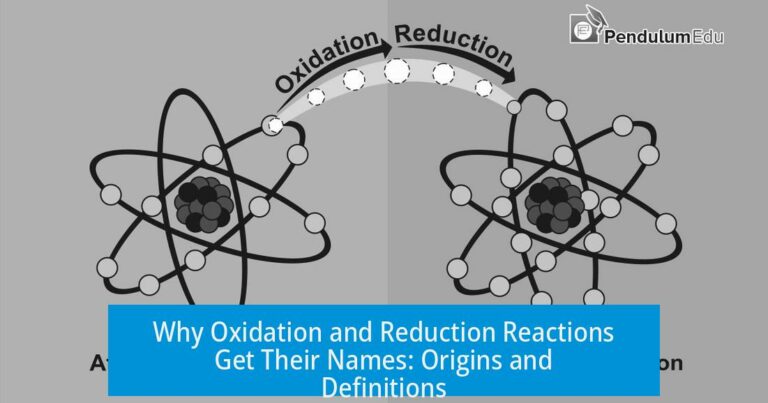How to Dehydrate Butter and Coconut Oil
Dehydrating butter and coconut oil involves removing water content while retaining the oils. This process is essential for preserving fats or preparing them for specific culinary or industrial uses.
Clarifying Butter by Gentle Heating
Clarification is the first step in dehydrating butter. This involves heating butter gently to separate its components. The fat separates from water and milk solids during this process.
- Use a microwave or stovetop on low heat.
- Heat until butter melts completely but avoid boiling over.
- Allow the mixture to settle; milk solids sink to the bottom.
This gentle heating removes moisture while retaining the butterfat, producing clarified butter or ghee. Clarification does not remove the oil but gets rid of water and denatured proteins.
Removing Moisture by Boiling
To dehydrate butter fully, boil it to evaporate moisture. Boiling helps expel water content more efficiently.
- Heat butter until it boils gently.
- Maintain low heat to keep water evaporating slowly.
- Once water evaporates, solids will settle at the container’s bottom.
The dehydration process here means boiling out water and removing insoluble particles like denatured proteins. This extends butter’s shelf life and improves stability.
Clarification Versus Dehydration
Clarification and dehydration both reduce moisture but differ slightly in scope:
| Process | Purpose | Removed Components | Retained Components |
|---|---|---|---|
| Clarification | Separate solids and water from fat | Water, milk solids, proteins | Butterfat/oil |
| Dehydration | Remove moisture completely | Water (mostly) | Oils and solids (optional) |
In coconut oil, dehydration primarily involves removing residual water after extraction. Coconut oil tends to have minimal moisture compared to butter.
Summary of Steps
- Melt the butter or coconut oil gently.
- Boil slowly to evaporate moisture.
- Allow solids to separate and settle.
- Decant or strain the clear oil/fat.
For more detailed information on clarified butter, external sources such as Wikipedia’s Clarified Butter provide comprehensive insights.
Key Takeaways
- Dehydrating butter involves removing water by gentle heating and boiling.
- Clarification separates water and milk solids, retaining butterfat.
- Dehydration focuses on moisture removal, preserving oils.
- Coconut oil dehydration mainly eliminates residual moisture.





Leave a Comment